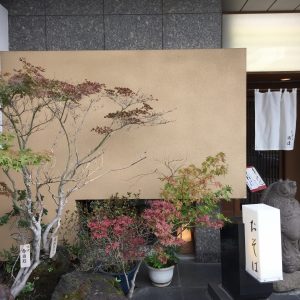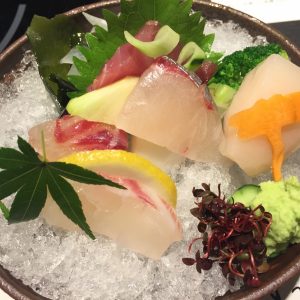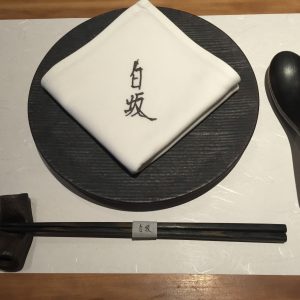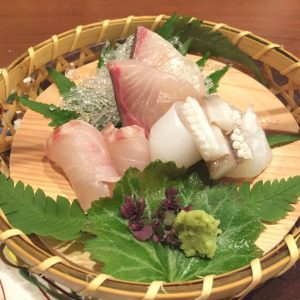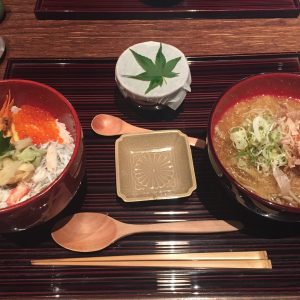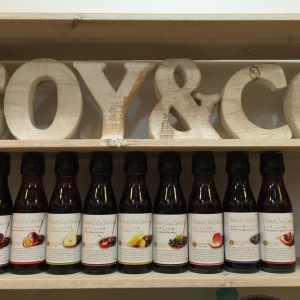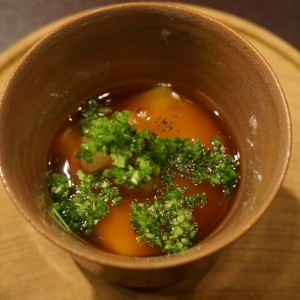Ryan – a trendy soba restaurant in Shibuya
Shibuya, with its blaring signs, constant traffic clamor and frenetic crowds is not usually the first neighborhood I think of when looking for a place to have a satisfying meal in a pleasant environment. But recently, I have had good reason to head there not once, but twice, for both lunch and dinner – the improbably named Ryan. Situated on a side street just off Miyamasuzaka, an avenue which winds its way uphill from Shibuya station towards Aoyama, Ryan is… Read more »


